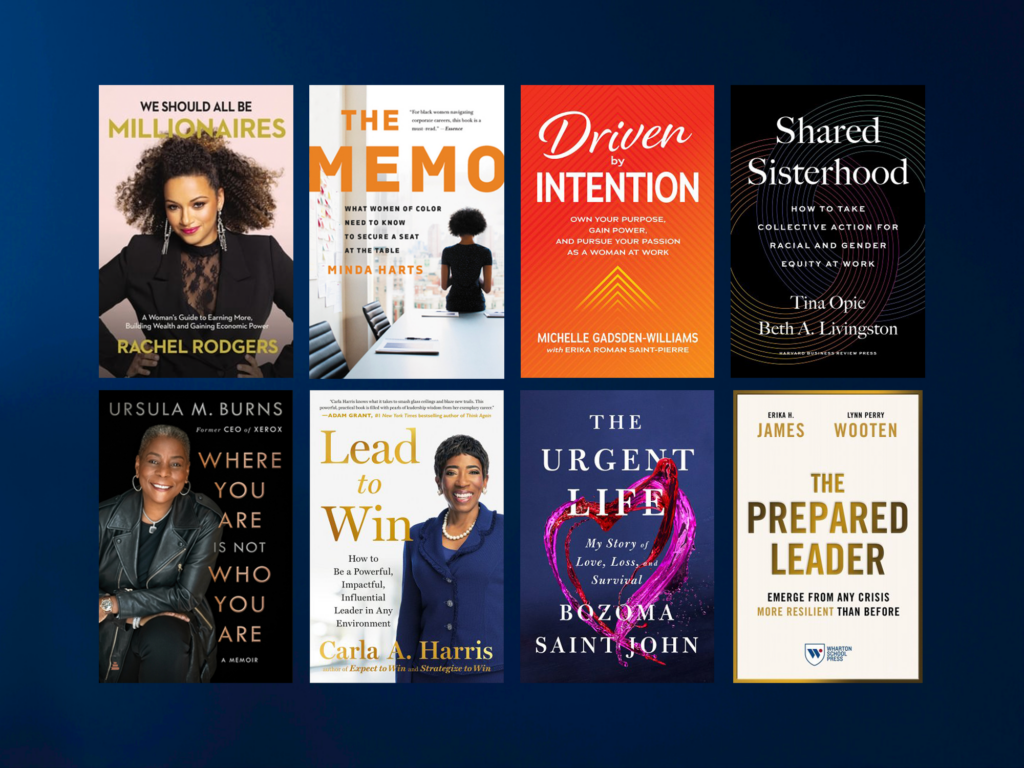How to manage creativity and innovation to generate better outcomes

You can better manage creativity and innovation in your team or company by recognizing two prerequisites:
- Acknowledge that creativity and innovation are not the same thing
- Remember that creativity must precede innovation
This should be easy: we’ve known it for more than 25 years.
“We have seen this pattern repeatedly in … leading companies in a variety of industries that have confronted technological change,” observed Joseph L. Bower and the legendary Clayton M. Christensen in 1993 in The Harvard Business Review. “Most well-managed, established companies are consistently ahead of their industries in developing and commercializing new technologies — from incremental improvements to radically new approaches.”
Note the word “most” that begins the second sentence in the previous paragraph. According to the authors, the new technologies surface in situations where they address customers’ next-generation performance needs. When they don’t align with those requirements, these same companies rarely are ahead of the pack in commercializing new technologies.
Customer Service and Creativity
That’s lesson #1 in managing creativity and innovation. Yes, Velcro-ing a team to your customers so it can learn needs, preferences and peculiarities may be great for customer service. But it isn’t a sure thing when it comes to creativity.
“When they grow and become more established, companies tend to lose their innovation capabilities while focusing on the execution of everyday routines,” write Victoria Lakiza and Isabelle Deschamps in Technology Innovation Management Review.
Here are some recommendations for managing creativity and innovation (a few of which may seem counter-intuitive) that can help you generate better outcomes.
Recommendations
Fuel creativity. Defer innovation (for now).
Creativity, stated simply, is coming up with an idea about something new. Innovation, meanwhile, is taking that idea and making it real. Creativity must come first; innovation can’t exist without creativity preceding it. At minimum, managers and team members need to better understand this.
Emphasize questions, not answers.
Convening a working group meeting to focus on answers can be a fool’s errand … or worse. To paraphrase management guru Peter Drucker: “it is more important to ask the right question than to get the right answer.” In fact, asking the wrong question, he says, even if you get the right answer, can be more detrimental than not asking any question at all.
Prioritize team composition and ongoing management.
Outcomes tend to improve when team composition reflects multiple backgrounds and ways of thinking. “Many leaders associate innovation with experts, technologists and R&D professionals whose job it is to grow the company,” says Frans Johansson, founder and CEO of The Medici Group. “But the truth is that innovation is about people. It’s about the game-changing ideas they are able to create by coming together in diverse and inclusive teams.”
Interesting example: Princeton University, the United Negro College Fund and five historically Black colleges (Howard University, Jackson State University, Prairie View A&M University, Spelman College and the University of Maryland Eastern Shore) are partnering in an initiative to enhance collaborative research and innovation.
“We all benefit from initiatives that facilitate the exchange of ideas and remove barriers to innovation,” says Tod Hamilton, associate professor of sociology at Princeton.
Utilize scenario planning.
Scenario planning is an important component of crisis management because a working group considers multiple potential scenarios (ie, no or minimal impact to the worst impact) that might occur in the future.
George S. Day, a professor of marketing at the Wharton School at the University of Pennsylvania and co-director of the Mack Center for Technological Innovation, says scenario-planning usage is growing rapidly. “Obviously, uncertainty is way up,” he says. “This is the main driver, because when conditions are stable it’s easier to live with momentum and the projections we normally use.”
Align innovation with KPIs.
For the Boston Consulting Group, innovation readiness needs to consider 10 essential elements related to processes and capabilities.
- Innovation practices, or your ability to drive projects to where they have an impact.
- Innovation platforms, which focus on ambitions, innovation domains, roles, and measuring and rewarding performance.
BCG’s bottom line: troubling gaps in preparedness — even among committed, well-financed companies – are predictive of likely failure.
Rethink how “ideas” are rewarded.
Creative ideas can be rewarded in a variety of ways: Starbucks cards, free dinner at local steakhouse, the use of an office for a week or so, or even additional PTO days. While commonplace, these do little to achieve your goal and your idea goes nowhere because it has been assigned to a person other than the one who originated it. Better: Acknowledge the idea (and, more importantly, the person) by putting he or she either in charge of – or in a senior role on — the team working on implementation.
Treat innovation as a discipline.
It’s a mistake to treat creativity and innovation as ad hoc/out-of-the-mainstream functions. Instead, they need to be very disciplined areas of a team or organization. “Companies really can manage innovation in the ways that they manage quality,” says Esther Baldwin, who launched Intel Corp.’s Innovation Center in Shanghai.
MIT Sloan professor Steven Eppinger agrees, adding that creativity benefits when it is structured and systemized, similar to agile project management. “This process can make you better at innovation,” he says, emphasizing that curiosity gets a boost from space and time. “You just have to get comfortable overlaying a little structure, a little process, over your creative activities.”
Going Forward
Creativity and innovation are essential to the future success of every company. If that wasn’t clear prior to the past two years, it certainly is now. Success for many organizations will create creativity on the front end, ie, how they choose to address the issue. Fresh thinking will be the key for many of them.

Photo from Daniele Franchi







